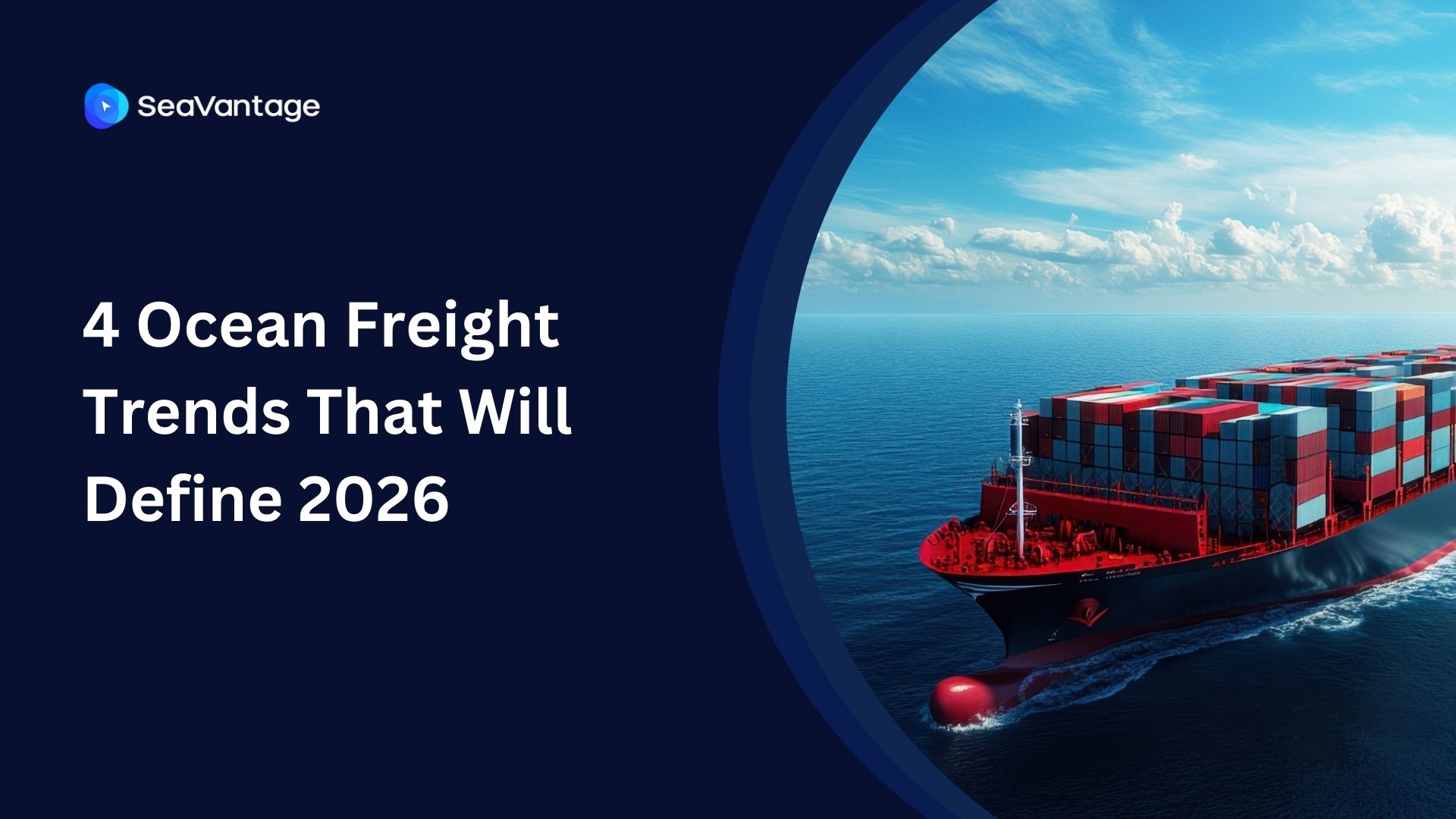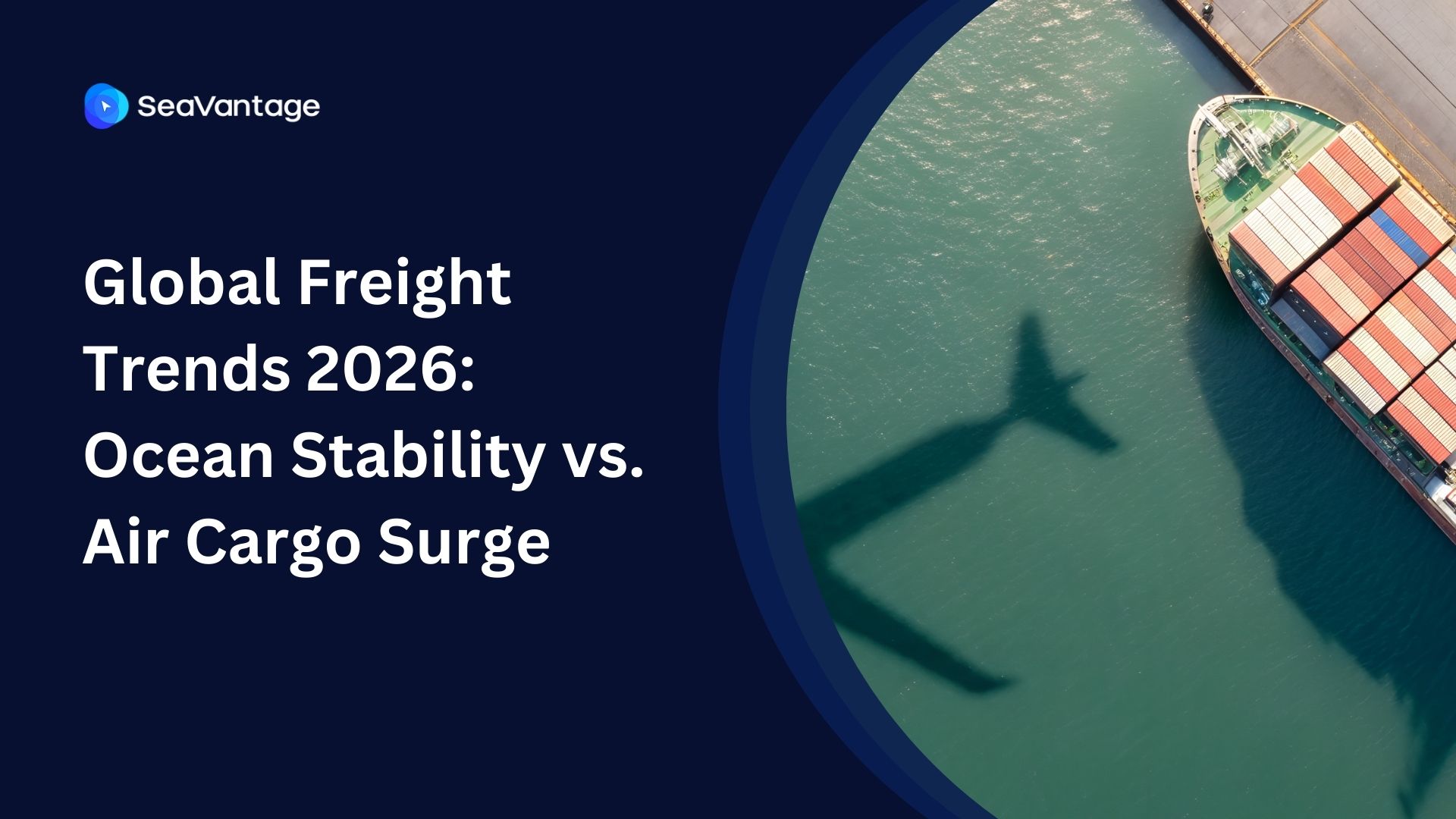Container Number vs. Master Bill of Lading: Which is Right for Your Supply Chain?

Tracking by Container Number vs. Master Bill of Lading: Which is Right for Your Supply Chain?
In the fast-paced world of global trade, container tracking is not just a convenience; it’s a necessity. For supply chain managers and logistics professionals, the ability to monitor shipments in real time can make the difference between on-time deliveries and costly delays. Two critical tracking methods dominate the field: tracking by container number and tracking by master bill of lading (MBL). But which approach is best suited for your needs? In this article, we’ll explore these two methods, comparing their strengths, weaknesses, and the contexts in which they excel.
Understanding Tracking by Container Number
A container number is a unique identifier assigned to individual shipping containers. This alphanumeric code serves as a digital fingerprint, enabling stakeholders to trace a specific container’s journey from origin to destination. Here’s how container number tracking works and why it’s essential:
Advantages of Container Number Tracking:
- Real-Time Updates: Many logistics systems integrate with IoT devices, GPS trackers, and other digital tools to provide real-time visibility into container locations.
- Specificity: Container-level tracking is ideal for high-value or sensitive goods, where granular visibility is crucial.
- Ease of Integration: Container numbers align seamlessly with modern technologies, such as AIS signals and telematics, to enhance monitoring.
Limitations of Container Number Tracking:
- Lack of Shipment Context: While effective for individual containers, this method doesn’t provide a comprehensive view of consolidated shipments.
- Gaps in Multimodal Transport: Tracking might become fragmented when a shipment involves multiple transport modes or transshipment points.
Understanding Tracking by Master Bill of Lading (MBL)
The master bill of lading (MBL) is a document issued by carriers to summarize the details of an entire shipment. It acts as the central record for all associated containers and plays a pivotal role in shipment documentation and customs clearance.
Advantages of MBL Tracking:
- Holistic Visibility: MBLs consolidate data from multiple containers, offering a comprehensive overview of the shipment.
- Customs and Compliance: MBLs are indispensable for meeting regulatory requirements and ensuring smooth customs clearance.
- Simplification for Large Shipments: For bulk or consolidated shipments, MBL tracking streamlines monitoring by reducing the need to track individual containers.
Limitations of MBL Tracking:
- Slower Updates: Information updates rely on carrier systems, leading to potential delays in visibility.
- Limited Granularity: MBL tracking doesn’t allow for container-specific insights, which can be a drawback for high-risk goods.
- Dependency on Carriers: Visibility depends on the carrier’s technology and processes, which may vary.
Comparing the Two Tracking Methods
Detail-Oriented Tracking:
- Container Number: Best for granular tracking of specific containers, especially for high-value goods or time-sensitive shipments.
- MBL: Provides a broader overview, suitable for large, consolidated shipments or projects requiring high-level visibility.
Use Cases
Container Number Tracking:
- Monitoring temperature-sensitive goods in refrigerated containers.
- Ensuring the safety of high-value items like electronics.
MBL Tracking:
- Bulk shipments of commodities like grains or minerals.
- Consolidated shipments involving multiple containers.
Integration Potential:
Modern tracking platforms like SeaVantage Insight bridge the gap between these methods, offering unified dashboards that combine container-level and shipment-level insights. This integration ensures supply chain managers have both the granular and holistic views they need to make informed decisions.
The Role of Modern Technologies in Enhancing Tracking
Technological advancements are revolutionizing container tracking. Here’s how:
- IoT Devices and GPS Trackers: Real-time location data enhances container number tracking, providing instant updates on movements and conditions.
- AIS Signals: Automatic Identification System (AIS) signals from vessels allow stakeholders to monitor container shipments at sea.
- Unified Platforms: Tools like supply chain visibility platforms integrate container and MBL tracking, offering seamless visibility across the entire logistics process.
Example: A retailer using IoT-enabled container tracking can monitor the temperature inside refrigerated containers in real-time, while the MBL provides the necessary documentation for customs clearance at the port.
Practical Applications and Case Studies
Scenario 1: Delayed Containers A logistics company faces delays due to unforeseen weather conditions. Container tracking identifies the specific delayed containers, while MBL tracking ensures the broader shipment details are updated for customers.
Scenario 2: Missing Documentation A freight forwarder’s shipment is held at customs. The MBL provides the necessary documentation to expedite clearance, while container tracking confirms the location of each container.
Key Considerations When Choosing a Tracking Method
When deciding between container number tracking and MBL tracking, consider these factors:
- Shipment Type: High-value or sensitive goods may require container-level tracking.
- Scale: Large shipments often benefit from MBL tracking to consolidate data.
- Trade Lanes: Multimodal or international routes may necessitate both methods.
- Technology Adoption: Invest in platforms that integrate both tracking methods for a unified view.
Tips:
- Combine both methods for optimal visibility.
- Regularly update systems and processes to ensure seamless integration.
Conclusion
Container tracking is the backbone of modern logistics, and choosing the right method can significantly impact supply chain efficiency. While container number tracking offers granular insights, MBL tracking provides a broader perspective. By understanding their strengths and integrating them through modern technologies, businesses can achieve unparalleled visibility and efficiency in their operations.
Ready to optimize your container tracking strategy? Explore solutions that unify these methods and transform your supply chain today! Try SeaVantage Cargo insight
2025년 9월, 주요 글로벌 항만에서 어떤 운송사가 가장 긴 선박 체류 시간을 기록했는지 확인해보세요. 트렌드를 비교하고, 지연을 파악하며, 전체 항만 데이터를 통해 운송 전략을 최적화할 수 있습니다.
2025년 8월, 주요 글로벌 항만에서 어떤 운송사가 가장 긴 선박 체류 시간을 기록했는지 확인해보세요. 트렌드를 비교하고, 지연을 파악하며, 전체 항만 데이터를 통해 운송 전략을 최적화할 수 있습니다.
2025년 7월, 주요 글로벌 항만에서 어떤 운송사가 가장 긴 선박 체류 시간을 기록했는지 확인해보세요. 트렌드를 비교하고, 지연을 파악하며, 전체 항만 데이터를 통해 운송 전략을 최적화할 수 있습니다.
iscover the 4 critical ocean freight trends for 2026, from the Red Sea reopening and fleet overcapacity to shifting global trade maps. Prepare your supply chain now.
Discover key 2026 freight market trends: Port of Houston expansion, air cargo "super peak," and ocean freight stability. Plan your supply chain with SeaVantage.
Explore November 2025 global port dwell time data. See which ports and carriers led in efficiency across Antwerp, Busan, Long Beach, Rotterdam, and Singapore.



.svg)





.jpg)

.png)